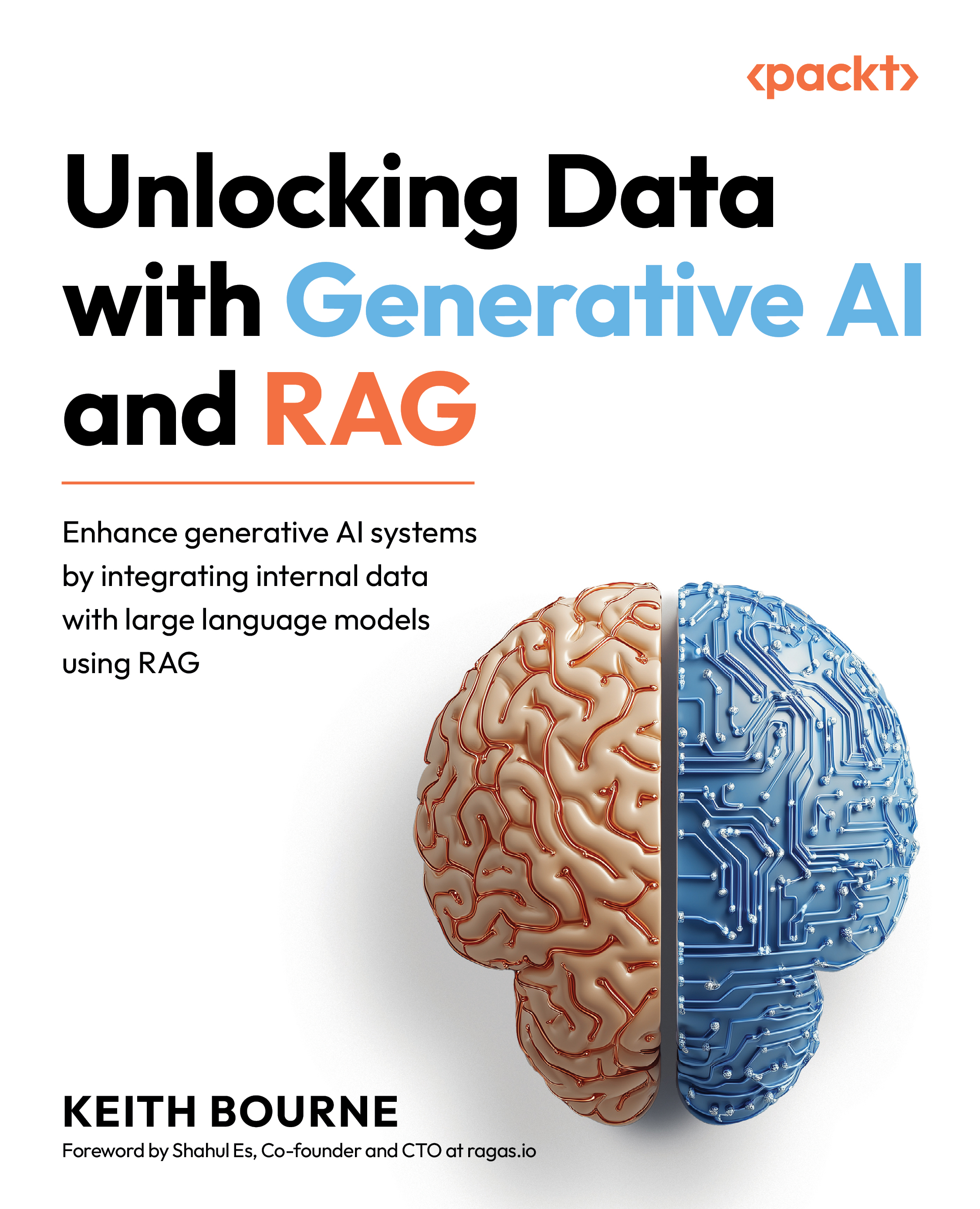Final output
The final output will look something like this:
"The advantages of using Retrieval Augmented Generation (RAG) include:\n\n1. **Improved Accuracy and Relevance:** RAG enhances the accuracy and relevance of responses generated by large language models (LLMs) by fetching and incorporating specific information from databases or datasets in real time. This ensures outputs are based on both the model's pre-existing knowledge and the most current and relevant data provided.\n\n2. **Customization and Flexibility:** RAG allows for the customization of responses based on domain-specific needs by integrating a company's internal databases into the model's response generation process. This level of customization is invaluable for creating personalized experiences and for applications requiring high specificity and detail.\n\n3. **Expanding Model Knowledge Beyond Training Data:** RAG overcomes the limitations of LLMs, which are bound by the scope of their training...
































































